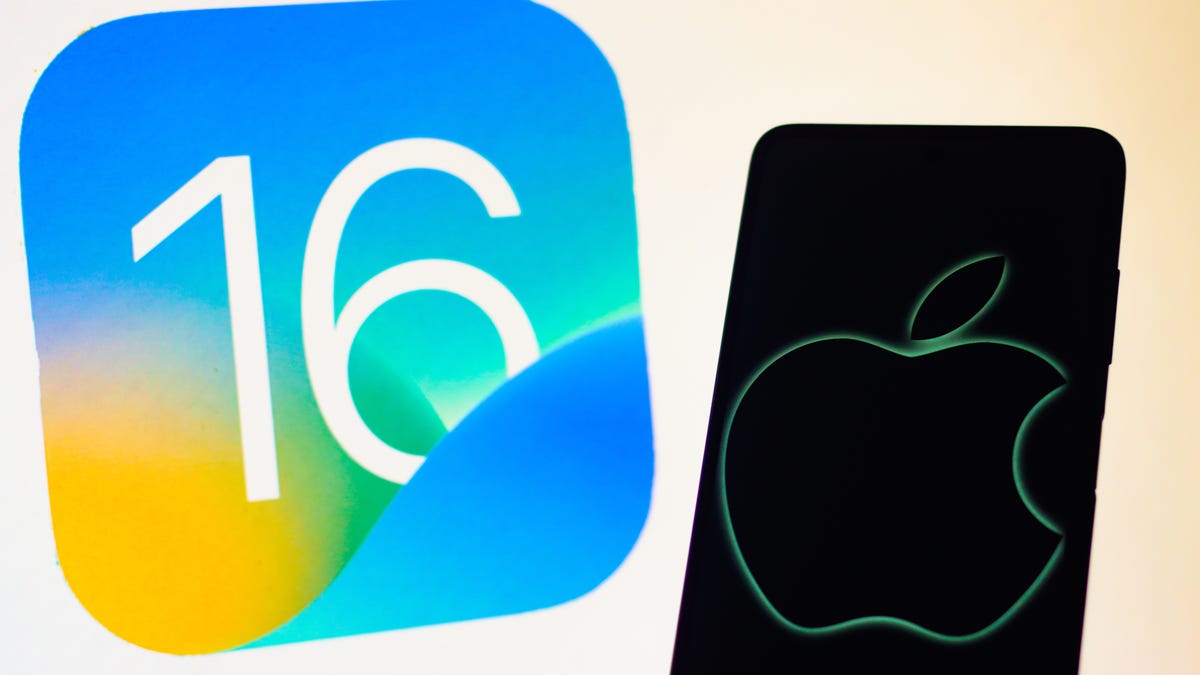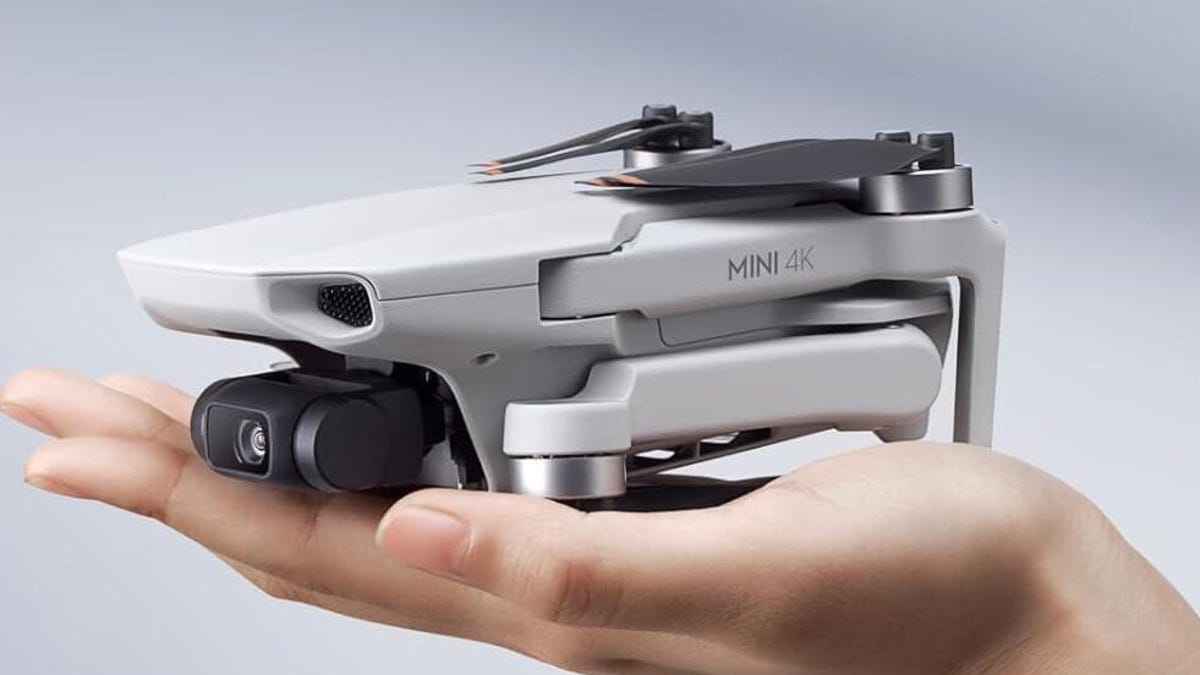Technologies
iOS 16.3: New iPhone Features to Try Now
Bug fixes are good and useful, but everyone likes new features.

Apple released iOS 16.3 in January, and the update includes some bug fixes and security updates to make your iPhone run more smoothly. The update also brings some useful new features to your iPhone, like security keys and an update to emergency SOS via satellite.
The iOS 16.3 update was released alongside updates for other Apple software, too, like iPadOS, Safari and previous versions of iOS. The latest iOS update arrived about a month after the release of iOS 16.2.
Here are the new features landing on your iPhone with iOS 16.3.
Security keys come to Apple ID
Users can now use third-party security keys instead of two-factor authentication for their Apple ID.
Security keys are a lot like keys to your home. You still use passwords, but this extra layer of security can help protect you against phishing scams and hackers.
«Hardware security keys are very, very secure,» Diya Jolly, chief product officer of authentication service company Okta, told CNET’s Stephen Shankland.
Apple’s security keys feature only works with FIDO Alliance-certified security keys.
Support for the second-gen HomePod
Apple’s iOS 16.3 software adds support for the second-generation HomePod, which is out now and costs $299 ( 299, AU$479). Apple announced the release of the new HomePod four days before the latest iOS software was made available.
New Unity wallpaper for Black History Month
The latest iOS update includes a new iPhone wallpaper as part of Apple’s Black Unity Collection. The collection celebrates Black History Month with a special-edition Apple Watch Black Unity Sport Loop, a mosaic watch face and the new iPhone wallpaper. Apple also plans to release a selection of Black History Month content for Apple TV, Fitness Plus, Music, Maps, Books, Podcasts and the App Store as part of the collection.
New ways to use Emergency SOS via satellite
Emergency SOS via satellite was introduced at Apple’s event in September. In iOS 16.3, the Call with Hold option has been replaced with Call with Hold and Release. If you enable Call with Hold and Release, you can hold the side button and a volume button to initiate a countdown and an alarm. After the countdown, you release the buttons and your iPhone will call emergency services on its own. Before with Call with Hold, pressing the side button and a volume button would first bring up the Emergency SOS call slider. If you continued to hold the buttons, a countdown started and an alarm would go off. After the countdown ended, your phone would make an emergency call.
There’s also an option to Call Quietly in Emergency SOS. By enabling this option, when you try to make an emergency SOS call, your phone won’t start flashing or making an alarm sound.
Here is Apple’s list of new features and changes included in iOS 16.3:
- New Unity wallpaper honors Black history and culture in celebration of Black History Month.
- Security Keys for Apple ID allow users to strengthen the security of their account by requiring a physical security key as part of the two factor authentication sign in process on new devices.
- Support for HomePod (second generation).
- Emergency SOS calls now require holding the side button with the up or down volume button and then releasing in order to prevent inadvertent emergency calls.
- Fixes an issue in Freeform where some drawing strokes created with Apple Pencil or your finger may not appear on shared boards.
- Addresses an issue where the wallpaper may appear black on the Lock Screen.
- Fixes an issue where horizontal lines may temporarily appear while waking up iPhone 14 Pro Max.
- Fixes an issue where the Home Lock Screen widget does not accurately display Home app status.
- Addresses an issue where Siri may not respond properly to music requests.
- Resolves issues where Siri requests in CarPlay may not be understood correctly.
For more iOS 16 news, see what new features were added in iOS 16.2 and iOS 16.1. Here’s how you can sign up to test Apple’s iOS beta software, too.
Technologies
Repair Your Electronics at Home With This Rare Black Friday Discount on the iFixit Pro Tech Go Toolkit
This toolkit rarely goes on sale, so take advantage of this opportunity to snag it for only $40.

While Black Friday is an excellent time to replace old smartphones or broken laptops at a discount, not everyone is looking to splurge on new tech right now. If you’re shopping on a budget, or simply like the devices that you have and aren’t ready for an upgrade, investing in an electronics repair kit may be a wise option. We’ve spotted a discount on the iFixit Pro Tech Go tech toolkit, bringing its price down to just $40. But don’t delay, Black Friday is in its final hours and this kit rarely goes on sale.
The iFixit Pro Tech Go kit can be used to open up and repair a wide range of electronics, including smartphones, laptops, gaming consoles, and smart home devices for DIY repairs like battery or screen replacements. The kit has a 32-bit Moray driver kit, an opening tool, a suction handle, a jimmy, a spudger and angled tweezer to carefully open your devices.
Don’t miss any of our unbiased tech content and lab-based reviews. Add CNET as a preferred Google source.
Repairing your own tech can save you hundreds or even thousands of dollars. It also reduces e-waste by helping your devices last longer rather than throwing them away over minor issue. As of this year, all 50 states have introduced right-to-repair legislation designed to give people a legal right to fix their own tech, and several states have already signed it into law.
You can check out more deals from iFixIt now on Amazon. Plus, for other budget buys, check out our roundup of the best Black Friday deals under $100.
MOBILE DEALS OF THE WEEK
-
$749 (save $250)
-
$475 (save $175)
-
$499 (save $300)
-
$900 (save $400)
Why this deal matters
This is a record low price on a repair kit that rarely goes on sale. While we did see a modest discount on the iFixit Pro Tech Go toolkit during Amazon Prime Day in July, it was not marked down for October Prime Day or other sales such as Memorial Day or Labor Day. As such, it’s fairly unlikely that we’ll see it go on sale again this season, so this might be your last chance to get the toolkit for only $40.
Join Our Daily Deals Text Group!
Get hand-picked deals from CNET shopping experts straight to your phone.
By signing up, you confirm you are 16+ and agree to receive recurring marketing messages at the phone number provided. Consent is not a condition of purchase. Reply STOP to unsubscribe. Msg & data rates may apply. View our Privacy Policy and Terms of Use.
Technologies
Don’t Say Goodbye to Black Friday Yet. These Rare Apple Discounts Are Still Going Strong
Technologies
What a Ban Would Actually Mean for DJI Drone Owners and Holiday Shoppers
What’s the secret to a very un-merry shopping season? A brand new, unusable drone.

With Thanksgiving wrapped up and the Black Friday shopping sales here, if a DJI drone is on your holiday wish list, you might want to hit «buy» immediately. The company has issued a stark warning: Its drones could be banned from sale in the US, and the deadline is looming.
The Federal Communications Commission voted 3-0 at the end of October to «close loopholes» that allow tech deemed a «national security risk» to be sold in the US. In plain English, the US government is clearing the path to give DJI the same treatment it gave Chinese phone-maker Huawei, effectively banning its products from the American market.
The US government has deemed DJI, which is based in China, a security risk. It’s also considering a separate ban on TP-Link routers.
DJI is already sounding the alarm, posting on Instagram that a «deadline that could decide DJI’s fate in the US is just 43 days away» (now 19 days away). The company is warning that without an audit, its products could face an «automatic ban.» The US government has long labeled the Chinese drone maker a security risk, and it looks like the hammer might finally be coming down right before the holidays.
Don’t miss any of our unbiased tech content and lab-based reviews. Add CNET as a preferred Google source.
The vote isn’t the end of the road, however. Future bans would need to target specific products and would require a period of public consultation. But it appears the groundwork is being set for the FCC to block sales of future and some existing DJI drones from US shores, as well as products that use DJI technology.
The government has called for a DJI audit by the end of the year, but if that doesn’t happen, DJI drone products could be banned for sale by default under a national security law.
DJI asks for a security audit before any ban
A representative for DJI told CNET that while the FCC vote references a rule change that doesn’t currently apply to DJI specifically, the National Defense Authorization Act deadline in December would put Chinese companies like it on the FCC’s ban list, «without any evidence of wrongdoing or the right to appeal.»
Adam Welsh, head of global policy at DJI, said the company has repeatedly said it would be open to audit, but that «more than 10 months have now passed with no sign that the process has begun.»
«The US government has every right to strengthen national security measures, but this must go hand in hand with due process, fairness, and transparency,» Welsh said.
Welsh said DJI is urging the government to start the audit process or grant an extension.
Will DJI drone owners need to give them up?
Because the ban would apply to new sales, not drones that have already been sold, a DJI drone you already own would still be legal to use — at least under current rules.
Government agencies, however, are prohibited from purchasing or using drones from Chinese companies, including DJI.
DJI’s drones consistently rank high in their product category. In January, they dominated CNET’s list of best drones for 2025. But some of the company’s newest products, such as the DJI Mavic 4 Pro, haven’t been available for sale in the United States.
Even DJI products that are not yet banned may be hard to find. The website UAV Coach has posted a guide to the bans and reports that, due to inventory issues, most DJI drone models are sold out at retailers regardless of future FCC action.
-

 Technologies3 года ago
Technologies3 года agoTech Companies Need to Be Held Accountable for Security, Experts Say
-

 Technologies3 года ago
Technologies3 года agoBest Handheld Game Console in 2023
-

 Technologies3 года ago
Technologies3 года agoTighten Up Your VR Game With the Best Head Straps for Quest 2
-

 Technologies4 года ago
Technologies4 года agoBlack Friday 2021: The best deals on TVs, headphones, kitchenware, and more
-

 Technologies4 года ago
Technologies4 года agoVerum, Wickr and Threema: next generation secured messengers
-

 Technologies4 года ago
Technologies4 года agoGoogle to require vaccinations as Silicon Valley rethinks return-to-office policies
-

 Technologies4 года ago
Technologies4 года agoOlivia Harlan Dekker for Verum Messenger
-

 Technologies4 года ago
Technologies4 года agoiPhone 13 event: How to watch Apple’s big announcement tomorrow
